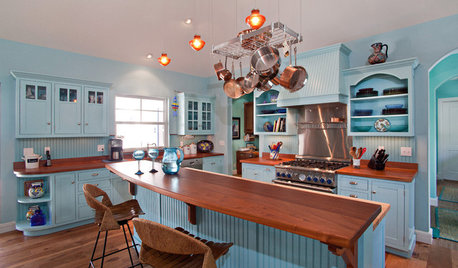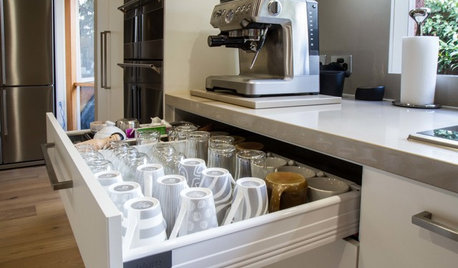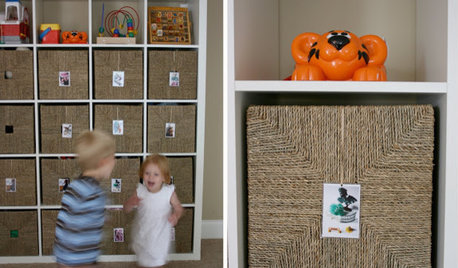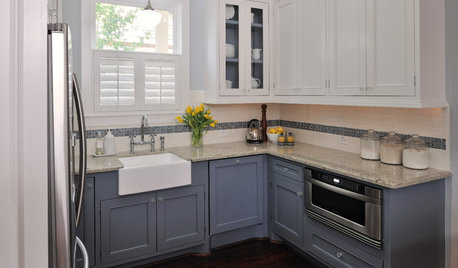Cabinet Installers here today and now a breaker keeps tripping.
berardmr
11 years ago
Related Stories

KITCHEN DESIGNHere's Help for Your Next Appliance Shopping Trip
It may be time to think about your appliances in a new way. These guides can help you set up your kitchen for how you like to cook
Full Story
KITCHEN CABINETSChoosing New Cabinets? Here’s What to Know Before You Shop
Get the scoop on kitchen and bathroom cabinet materials and construction methods to understand your options
Full Story
KITCHEN DESIGNToday’s Coffee Stations Have All Kinds of Perks
Some of these features are so over the top that they will give you a jolt
Full Story
MOVINGRelocating? Here’s How to Make the Big Move Better
Moving guide, Part 1: How to organize your stuff and your life for an easier household move
Full Story
BATHROOM DESIGNShould You Install a Urinal at Home?
Wall-mounted pit stops are handy in more than just man caves — and they can look better than you might think
Full Story
GARDENING GUIDESHow to Install a Drip Irrigation System
Save time and water with a drip watering system in your vegetable garden — a little patience now will pay off later
Full Story
KITCHEN BACKSPLASHESHow to Install a Tile Backsplash
If you've got a steady hand, a few easy-to-find supplies and patience, you can install a tile backsplash in a kitchen or bathroom
Full Story
PETSHere’s How to Show Your Pet Even More Love
February 20 is Love Your Pet Day. Find all the ideas and inspiration you need to celebrate right here
Full Story
LIFERelocating? Here’s How to Make Moving In a Breeze
Moving guide, Part 2: Helpful tips for unpacking, organizing and setting up your new home
Full Story
KITCHEN CABINETSKeeping Cabinet Color on the Down Low
Give just base cabinets a colorful coat for a kitchen sporting character and a spacious look
Full Story







bus_driver
berardmrOriginal Author
Related Professionals
Alamo General Contractors · Athens General Contractors · Florida City General Contractors · Hayward General Contractors · Monroe General Contractors · Mount Vernon General Contractors · Parkville General Contractors · Sauk Village General Contractors · Wyomissing General Contractors · Bell Gardens Solar Energy Systems · Old Saybrook Solar Energy Systems · Highland Park Home Automation & Home Media · Kissimmee Home Automation & Home Media · Naperville Home Automation & Home Media · Roselle Home Automation & Home Mediabtharmy
Ron Natalie
User
brickeyee
alan_s_thefirst
homebound
brickeyee
alan_s_thefirst
brickeyee
alan_s_thefirst
brickeyee
alan_s_thefirst
av8r
llaatt22
alan_s_thefirst
llaatt22
brickeyee